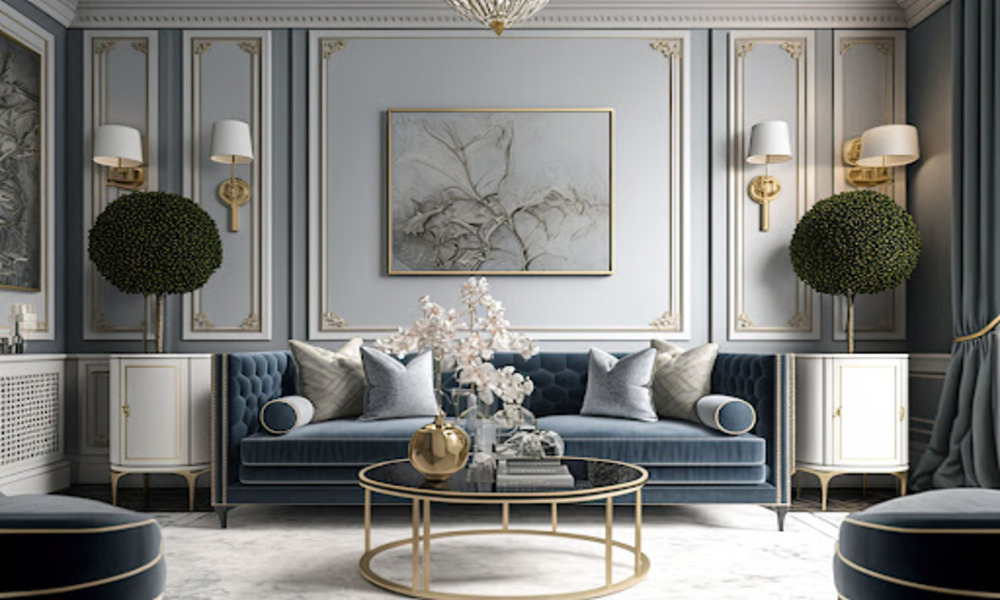Minimalism has become a significant movement in contemporary interior design, revolutionizing the way spaces are perceived and experienced. This design philosophy focuses on simplicity, functionality, and clean lines, eliminating clutter and unnecessary ornamentation. The impact of minimalism on contemporary interior design can be seen in various aspects, including aesthetics, functionality, and overall well-being.
Aesthetics

One of the primary impacts of minimalism on contemporary interior design is its aesthetic appeal. Minimalist spaces are characterized by a monochromatic or limited color palette, with a focus on neutral tones such as white, black, and gray. The absence of excessive decoration allows the architectural features and furniture to shine, creating a sense of calmness and visual harmony.
The use of clean lines and geometric shapes adds to the overall aesthetic appeal of minimalist design. Straight lines and simple forms create a sense of order and balance, enhancing the visual impact of the space. By eliminating unnecessary elements, minimalism creates a sense of spaciousness and openness, making the room feel larger and more inviting.
Functionality
Minimalism emphasizes functionality, making it an ideal design philosophy for contemporary interior design. The focus is on practicality and usability, with an emphasis on clean and uncluttered spaces. Minimalist interiors often feature built-in storage solutions, such as hidden cabinets and shelves, allowing for efficient organization and storage of belongings.
The minimalist approach also encourages multi-purpose furniture and flexible layouts. Furniture pieces are often designed with simplicity and versatility in mind, allowing them to serve multiple functions. This adaptability is particularly valuable in small living spaces, where maximizing functionality is essential.
Well-being

Minimalism can have a profound impact on overall well-being in contemporary interior design. The minimalist aesthetic promotes a sense of tranquility and calmness, reducing visual noise and distraction. In a world filled with constant stimuli, minimalism offers a respite from the chaos, allowing individuals to relax and rejuvenate in their own homes.
The minimalist approach also promotes mindfulness and intentionality. By eliminating unnecessary possessions and focusing on what truly matters, individuals can cultivate a sense of clarity and purpose. This intentional living can lead to reduced stress levels and an increased sense of well-being.
The impact of minimalism on contemporary interior design is undeniable. Its focus on simplicity, functionality, and well-being has transformed the way spaces are designed and experienced. Minimalist interiors offer a visually appealing and serene environment, promoting a sense of calmness and order. By prioritizing functionality and eliminating clutter, minimalism enhances the usability and efficiency of living spaces. Furthermore, minimalism encourages intentional living, leading to improved well-being and a greater sense of purpose. As contemporary interior design continues to evolve, minimalism will undoubtedly remain a powerful influence.




